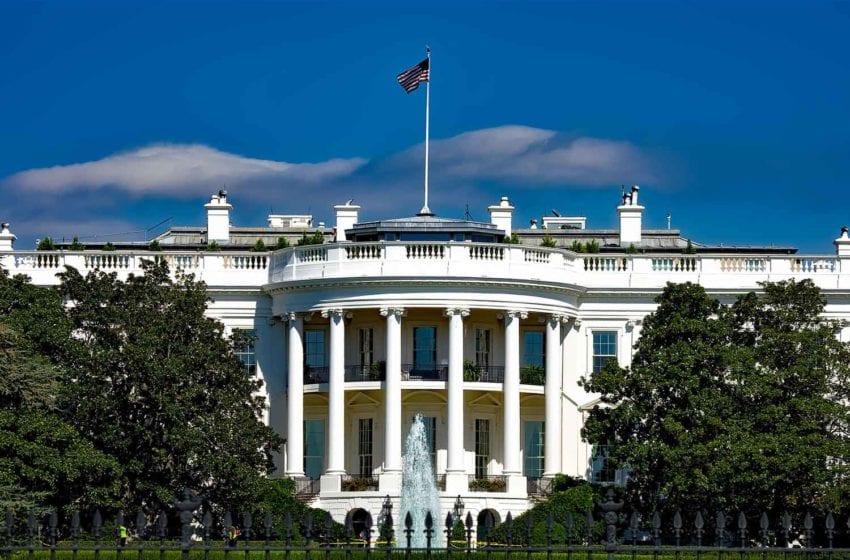China remains the world’s biggest producer and consumer of tobacco products. Succeeding there requires an equally big commitment.
TR Staff Report
Despite growing health awareness and attempts to clamp down on smoking, the Chinese tobacco industry continues to thrive. Industry sales and government tax collections increased almost 17 percent in 2010, according to the State Tobacco Monopoly Administration. But those juicy figures don’t necessarily translate into easy money for foreign manufacturers and suppliers. As many have found, success in China requires patience, determination and a long-term commitment.
The Chinese tobacco industry earned nearly RMB600 billion ($90.66 billion) from sales and taxes in 2010, up from RMB513 in its previous fiscal year. According to Research and Markets, there are about 410 million smokers in China, about one-third of the population. That means the country has more smokers than the United States has people. As China’s economy continues to grow, smokers are demanding more medium- and high-grade cigarettes, which carry higher profit margins and tax rates.
In 2009, the government raised taxes on premium cigarettes (those costing more than RMB7) to 56 percent from 45 percent. The tax on lower-grade cigarettes jumped to 36 percent from 30 percent. As a result, the median price of a pack of cigarettes in China is now RMB5.
At the same time, Beijing has come under pressure to address from health advocates to crack down on tobacco consumption. When China signed up to the World Health Organization’s Framework Convention for Tobacco Control, in 2005, it agreed to restrict smoking by 2011, in part through public smoking bans, price increases and higher taxes.
But according to a recent report, Tobacco control and China’s future, China has fallen short of meeting its obligations.
The report, which was issued by a group of Chinese health advocates, officials and economists, laments that China only last year announced a ban on smoking at primary and secondary schools. And it wasn’t until May that the government banned smoking in state-owned hospitals and government buildings.
What’s more, compliance has been lax. The authors note that smoking remains rampant in hospitals and government offices, while attempts to ban advertising for cigarettes on radio, television and in newspapers have failed because of legal loopholes.
The report attributes the lack of progress to an inherent conflict of interest: the STMA is responsible for both tobacco sales and the implementation of anti-smoking laws. The authors also cite widespread ignorance about the health risks of smoking.
So despite efforts to clamp down on tobacco consumption, China is likely to remain the world’s single-biggest tobacco market for years to come, making it an attractive destination for Western tobacco companies and their suppliers, who are facing stagnating sales at home.
But attractive is not the same as easy. Even though China joined the World Trade Organization in 2001, foreign cigarette makers are still finding it challenging to do business here. Tariffs remain high, limiting cigarette imports. Reported imports were valued at only $76.02 million in 2009, according to Research and Markets. Illicit traders, meanwhile, are doing brisk business: The value of the smuggled market is estimated at $5 billion annually.
In 2005, Philip Morris International announced a deal to manufacture small quantities of Marlboro cigarettes under license in China. But the creation of joint ventures between foreign and Chinese cigarette makers remains off-limits, as does local production by non-Chinese companies. British American Tobacco learned this the hard way in 2003, when the STMA spoiled its plans to open a mainland factory.
China justifies its restrictions on foreign tobacco investments by pointing to the saturation of the local tobacco market. There is no need for additional cigarette production capacity, according to the official line.
If anything, the STMA wants production capacity to come down. Since the turn of the century, it has been closing unprofitable factories and encouraging less viable plants to merge into bigger, more efficient enterprises. The numbers of factories and cigarette brands have come down consistently in recent years. There are reportedly 30 factories today, compared with 150 several years ago. Research and Markets says the number of cigarette brands was 150 at the end of 2009, down from 758 in 2002.
Domestic taste preferences also limit the appeal of international brands, which tend to be American-blend cigarettes. Chinese smokers prefer Virginia-style cigarettes, and sales of American-blend brands remain concentrated in the coastal, urban areas, where Western expatriates tend to live.
Roger Penn, director of Mane’s tobacco business unit, says his company worked on developing an American-blend cigarette for China many years ago, but the concept never caught on. Even as Chinese consumers become more receptive to foreign trends, they are unlikely to embrace American-blend cigarettes in large numbers. Penn draws an analogy with Canada, another Virginia market. “Canada borders a major American-blend market, the United States, but Canadian smokers have not made the transition,” he says. In the wake of Canada’s ban on tobacco ingredients, a switch to American-blend cigarettes is more elusive than ever.
While foreign suppliers to the tobacco industry face fewer restrictions than do foreign cigarette makers, they too find doing business in China challenging. Still, with the right combination of persistence and tact, it is possible to succeed, as the experience of some companies suggests.
NCD Infrared, a supplier of moisture testing equipment, entered China in the 1980s and has managed to grow its business ever since. Today, the company has a market share of between 80 and 90 percent in China. Its Chinese division employs 40 people.
“Perhaps the biggest challenge is finding the right partner,” says Ian Benson, sales and marketing director at NDC Infrared. “You need to invest in a mainland network,” says Benson. “Working through a Hong Kong-based agent is not enough.”
After finding a suitable local partner, suppliers must show serious commitment. The relationship does not end with the sale. “The Chinese appreciate a long-term approach,” says Benson. “You must look after your installed base.”
According to Benson, competing on price only is not a winning strategy in China. “The Chinese are extremely discerning customers. They want the best in the world. Our prices are higher than those of the competiton, yet we are still successful.”
And it helps, of course, if your company offers products for which demand is rising. Take filters, for example. Chinese cigarettes contain higher levels of tar than those sold in many other countries. The majority of Chinese cigarettes have tar levels greater than 10 mg. In neighboring Japan and Korea, by contrast, 7 mg is the norm.
The STMA intends to reduce the tar level of Chinese cigarettes by 0.5 mg every year. The challenge is reducing tar levels while maintaining the unique smoking characteristics of Chinese cigarettes. A relatively simple option would be to increase filter lengths, but this increases the use of materials such as cellulose acetate and thus increases cost.
Filtrona has developed a number of solutions to address such concerns. The company’s ROA filter, for example, uses less raw materials but offers the same retention and pressure drop as a conventional mono-acetate filter. The company has also developed a technology to make paper taste like more expensive acetate. According to Filtrona’s sales director for China, Paul Morris, the modified paper filter has higher retention properties than does cellulose acetate, allowing Chinese cigarette manufacturers to economically reduce tar levels without compromising the natural taste characteristics of their cigarettes.
China’s sheer size makes it a powerhouse in the tobacco industry—one that Western suppliers will go out of their way to court. But while much has been made of cultural differences, these are ultimately outweighed by the similarities. Like their counterparts in Europe and the United States, Chinese cigarette manufacturers want to offer superior products and stellar service—but at a price that does not break the bank.












